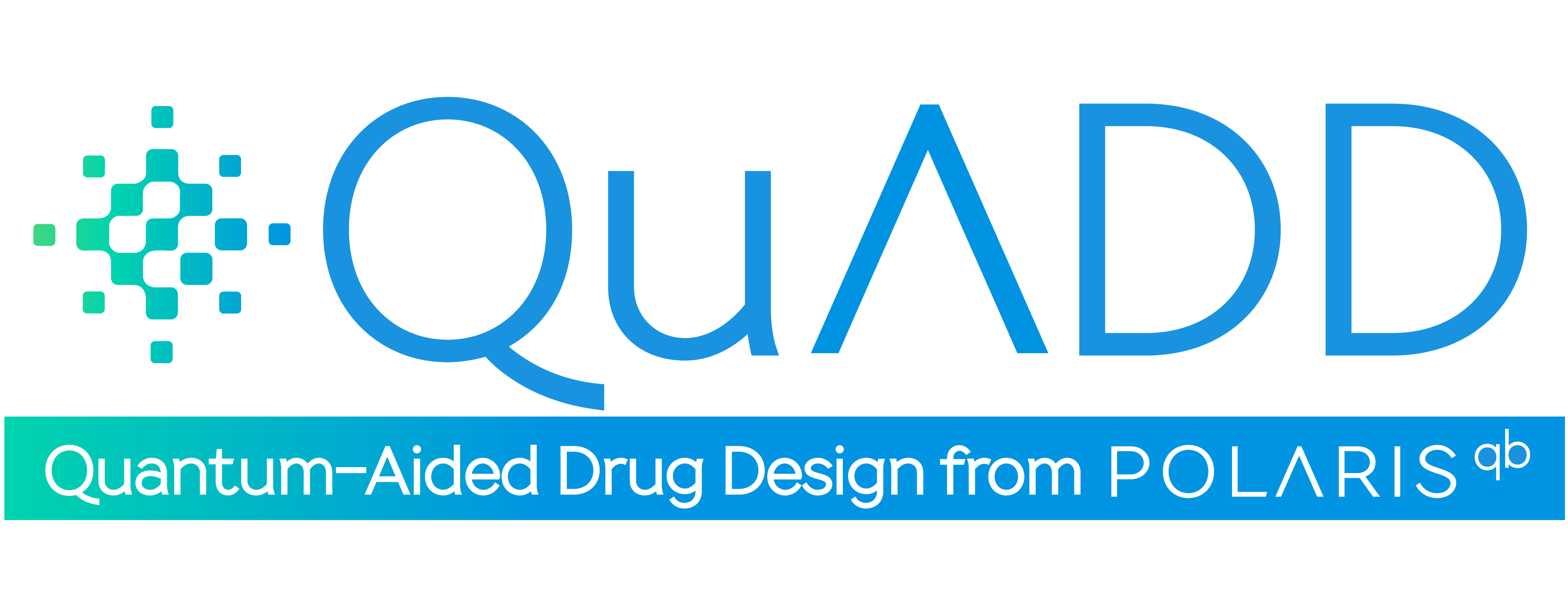Quantum Aided Drug Design and the use of Quantum Annealing to solve large optimization problems

The evolution of quantum computing is poised to speed up solutions in many areas of active research. Quantum annealing computers, which are one type of quantum computer, are particularly well-suited for optimization problems including combinatorial optimization, scheduling, and logistics. POLARISqb uses quantum annealers to help identify new medicines.
POLARISqb works with D-Wave Systems, the leading company in the development of quantum annealers. One machine is the Advantage system, which has a remarkable 5000 coherent qubits with 15-way connectivity. Other companies work with D-Wave Systems to solve a range of optimization problems, such as SavantX optimizing terminal operations in the Port of Los Angeles and E.ON (a leading German utility company) optimizing their renewable energy grid. Other groups include Delaware Consulting, De Watergroep, and KWR, which collaborated to solve the optimal pressure sensor placement challenge for efficient leak detection. Quantum annealers solve problems by starting with a quantum superposition of states and gradually evolving towards a state that represents the solution to the optimization problem. The process involves finding the lowest energy state of a quantum Hamiltonian, which encodes the problem to be solved.
POLARISqb treats drug discovery as an optimization problem: In all the possible combinations of atoms that can make a small molecule drug, which has the optimal set of characteristics to treat a disease? There are more possible molecules than there are grains of sand on Earth (more than 3 Earths, actually). Finding the right molecule takes many years of work with traditional wet-lab and computational methods, whereas quantum annealing computers generate starting candidates in less than a minute, shaving valuable time off of the lengthy and expensive drug discovery process. Incorporating quantum annealing into drug discovery allows researchers to search 20 orders of magnitude more molecules than traditional methods. In order to help researchers find new medicines more quickly, POLARISqb created a drug discovery pipeline called Quantum-Aided Drug Discovery (QuADD) that is available as a software program.
QuADD version 1.0 is a Software-as-a-Service (SaaS) platform that is executed on a quantum annealing system (Fig. 1). This was recognized by the Defense Advanced Research Projects Agency (DARPA), which awarded POLARISqb with an Imaging Practical Applications for a Quantum Tomorrow (IMPAQT) grant to expand their drug design projects and to translate their methods to work on even faster and more powerful quantum computers. Proof-of-concept testing established that QuADD returns quality candidates and successfully reverse-engineered known drugs, as described in detail in these POLARISqb white papers*. The input for QuADD is the 3D structure of the protein binding pocket with the tool compound. With this information, QuADD uses the quantum annealer to search a chemical space of 10^30 and identify pre-clinical drug candidates that are bioavailable, synthesizable, and complimentary to the protein binding pocket. The final set of molecules has high diversity and low bias, giving a fast and strong start to the drug discovery project. QuADD is one of the first quantum-based SaaS products available on the global market and it is the only one for drug design.
Figure 1:
Taken from https://www.nature.com/articles/d43747-023-00021-3

Sponsored by PolarisQB.























